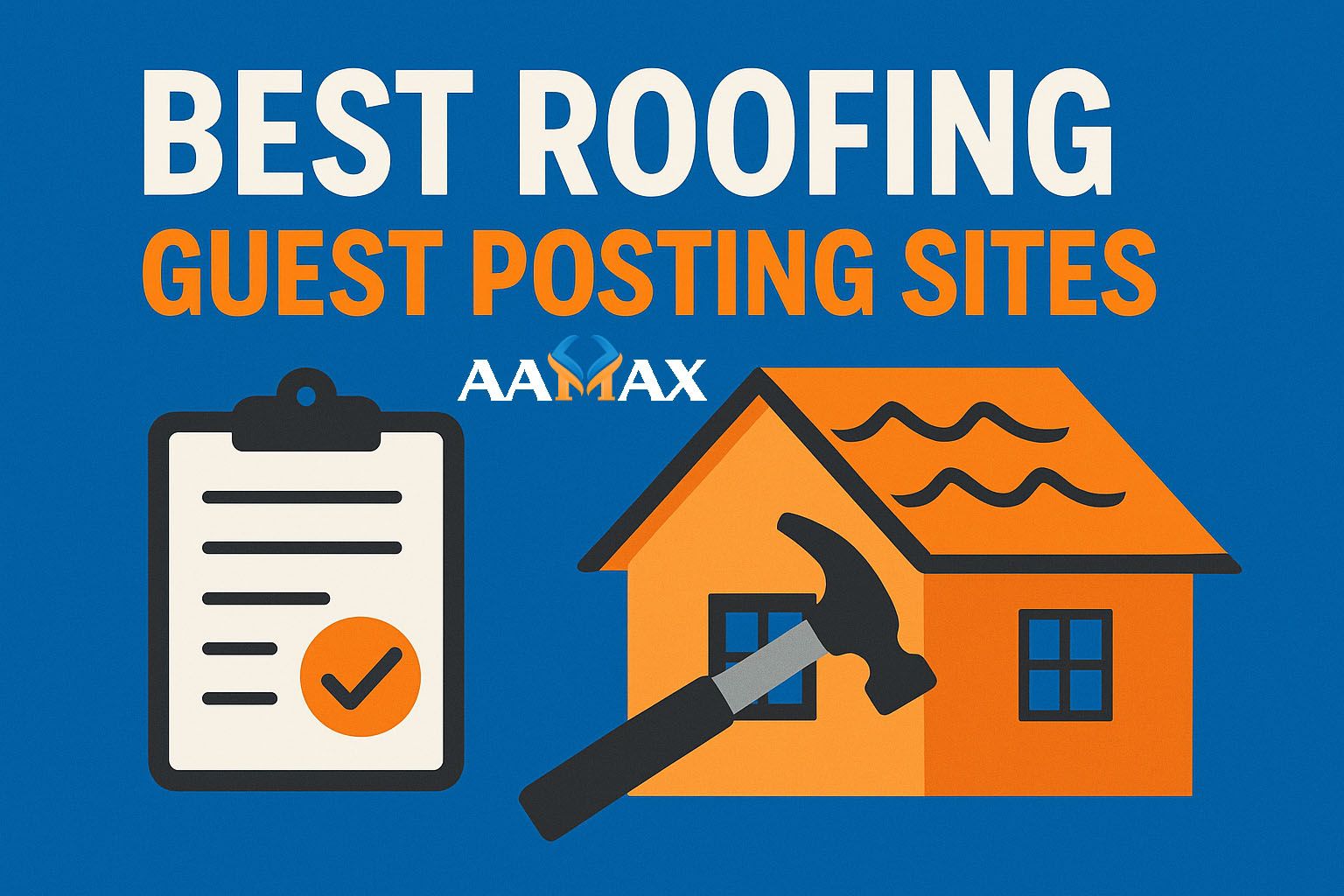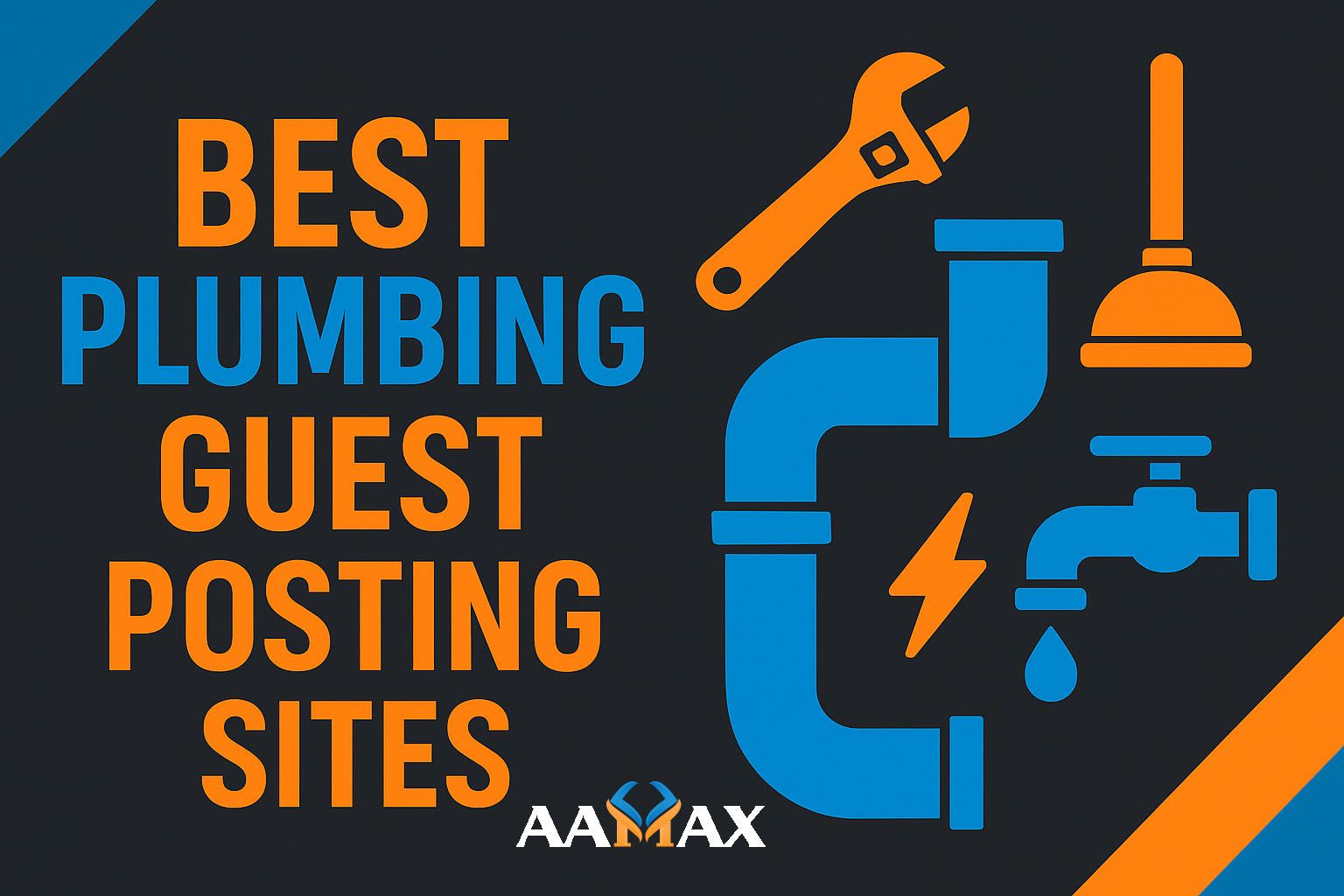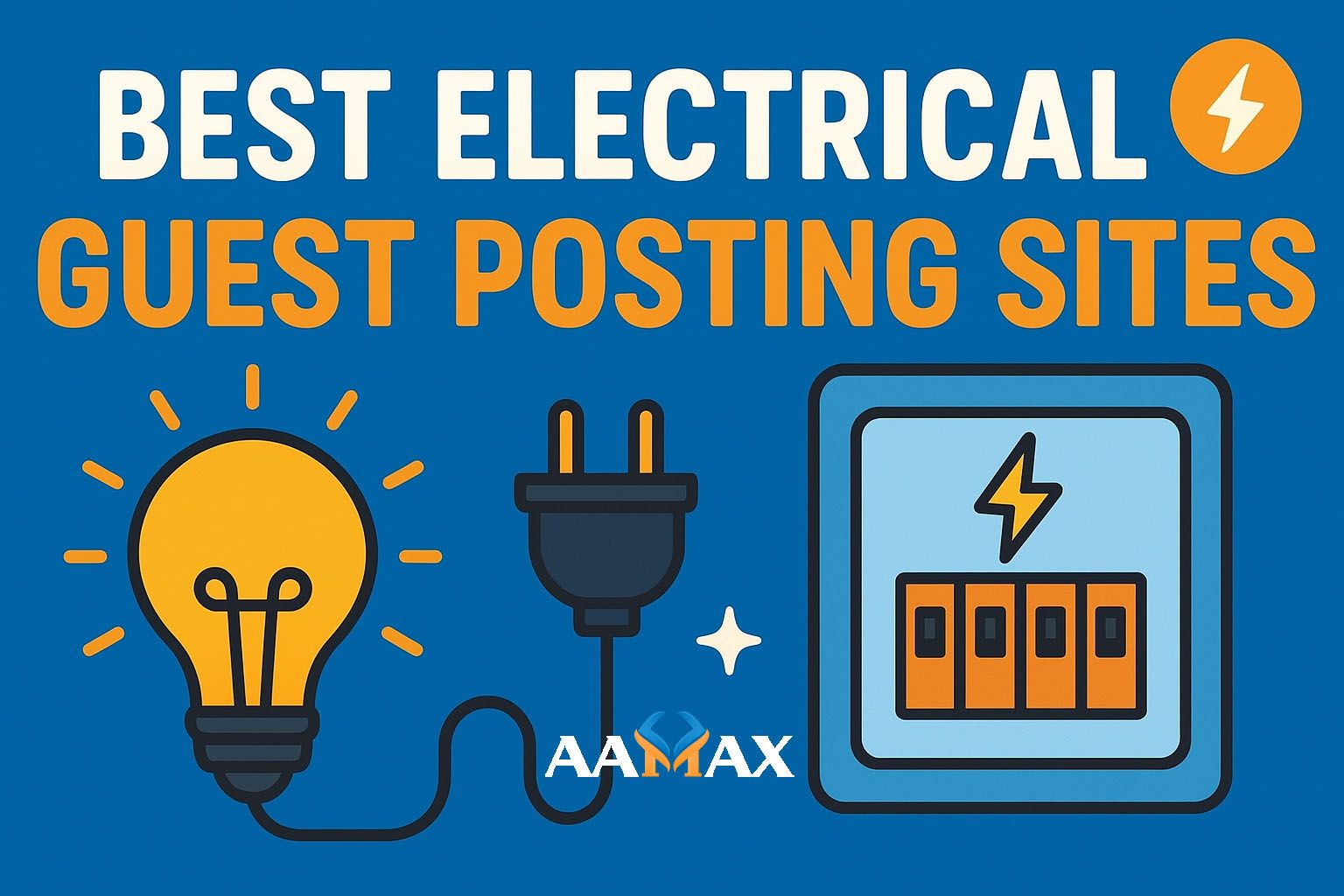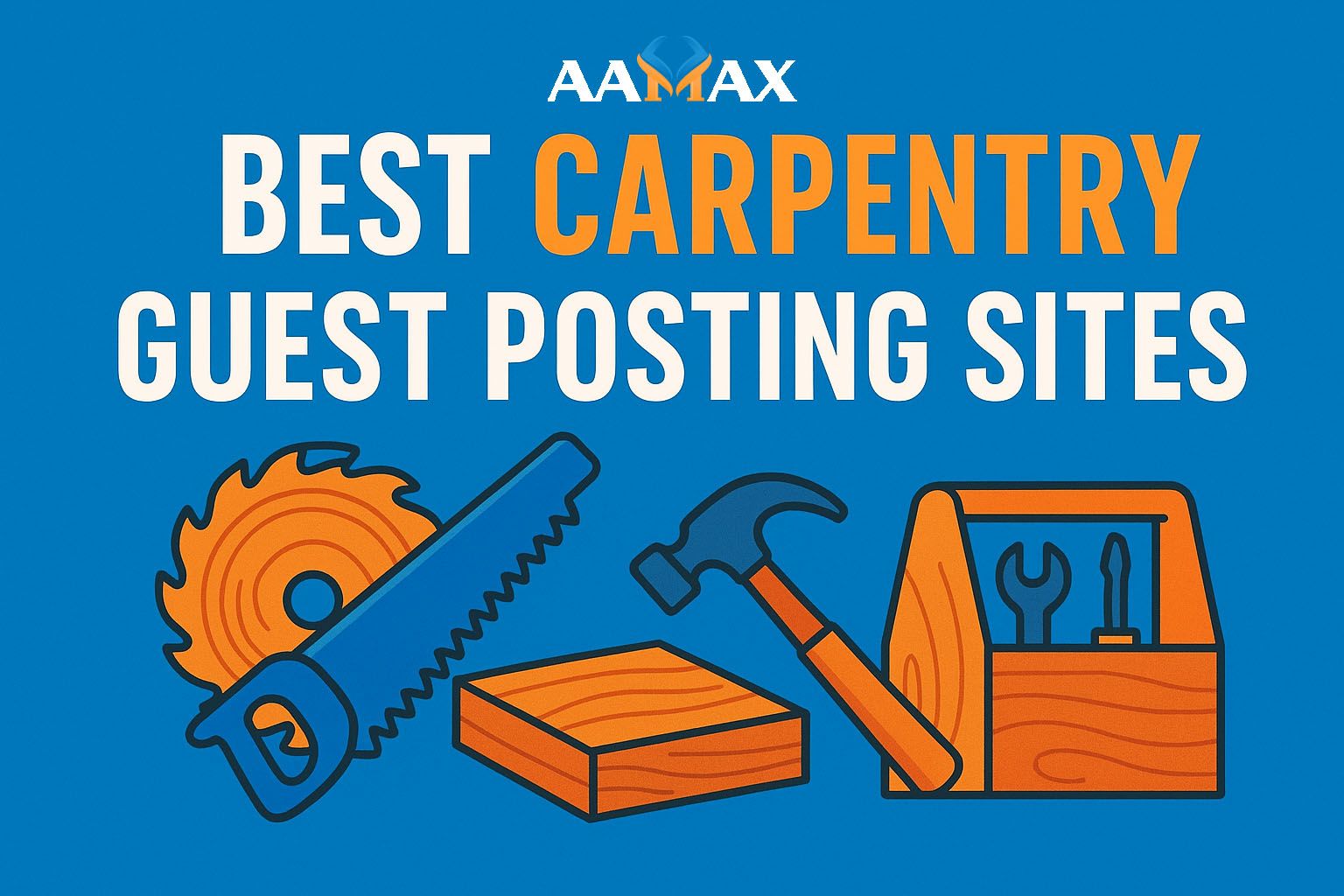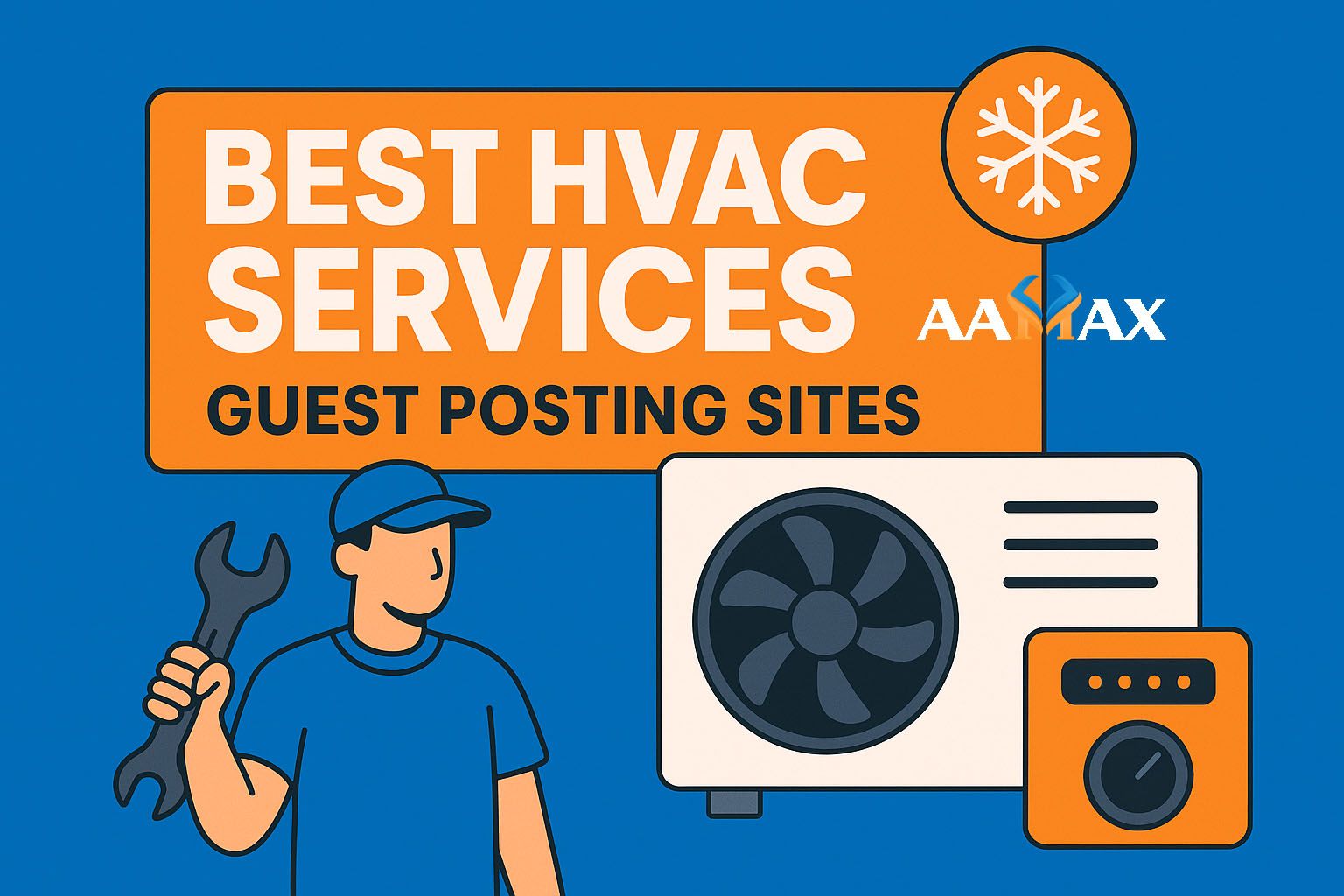
Google LSA Cost Breakdown & Tips for Creating Your Budget
Google Local Services Ads (LSAs) have quickly become a vital tool for local businesses looking to generate leads from nearby customers. Unlike traditional pay-per-click (PPC) campaigns, LSAs operate on a pay-per-lead basis, which can be more cost-effective—if you know how to budget properly. In this comprehensive guide, we will dive deep into the cost breakdown of Google LSAs, explain how pricing works, and share practical budgeting tips so you can maximize your return on investment.
Hire AAMAX For Website Development and Digital Marketing Services
What Are Google Ads?
Google Local Services Ads are a specialized form of advertising that allows local service providers to appear at the very top of Google Ads results. When potential customers search for services like plumbing, roofing, or electrical work, these ads show up above regular PPC ads and organic listings. Each ad includes your business name, reviews, phone number, and a “Google Guaranteed” badge if you qualify.
Because LSAs are lead-based, you only pay when a customer contacts you directly through the ad—whether by phone call or message—making them ideal for small businesses that need a predictable cost per lead.
How Google LSA Pricing Works
Unlike traditional Google Ads, which charge per click, LSAs charge per qualified lead. A qualified lead typically means the person contacting you is interested in the specific service and located within your service area. This distinction is critical because it can save you from paying for irrelevant clicks.
Factors Affecting LSA Costs
Several key factors influence the amount you’ll pay per lead:
-
Industry Type
Highly competitive industries—such as law, HVAC, or plumbing—command higher prices per lead because demand is strong and competition is fierce. -
Geographic Location
Costs vary depending on the region or city. Urban areas with dense populations usually have higher costs than rural regions. -
Lead Type
Some leads, such as emergency service calls, may cost more than general inquiries because they typically convert faster. -
Business Hours
Running ads during peak times (like weekends or evenings) can influence cost since demand spikes when customers are more likely to seek urgent services.
Average Google LSA Cost Ranges
While prices differ by market and industry, here are some general averages to help you plan:
- Home Services (plumbing, HVAC, electrical): $20 – $60 per lead
- Legal Services (lawyers, immigration consultants): $60 – $200 per lead
- Professional Services (accountants, financial advisors): $30 – $90 per lead
These are typical ranges, but your actual costs will depend on your unique market conditions and the competition in your area.
How Google Charges for LSAs
Google uses a weekly budget system for LSAs. You set a weekly budget based on how many leads you want to receive and your estimated cost per lead. For example:
- If your average cost per lead is $40 and you want 10 leads per week, you’d set a weekly budget of about $400.
- Google might slightly exceed your weekly budget on high-demand days but will balance it out over the month so that you never pay more than your total monthly budget.
Example Budget Calculation
Let’s say you’re a plumbing business:
- Desired leads per week: 15
- Average cost per lead: $45
- Weekly budget: 15 x $45 = $675
- Monthly budget: $675 x 4 = $2,700
This simple formula helps you stay on track and ensures you can forecast expenses accurately.
Tips for Creating a Google LSA Budget
Setting up a successful Google LSA campaign requires more than guessing your weekly spend. Follow these tips to create a sustainable budget:
1. Define Your Customer Acquisition Cost (CAC)
Start by calculating how much you can afford to pay for a new customer. If a customer typically spends $500 and your profit margin is 40%, your maximum cost per lead should ideally stay well below $200 to remain profitable.
2. Track Lead Quality
Not all leads are equal. Monitor your LSA dashboard to see which leads convert into paying customers. If you’re getting a high number of unqualified leads, you may need to refine your targeting or dispute leads with Google.
3. Adjust for Seasonality
Many home services and professional businesses experience seasonal spikes. Allocate extra budget during high-demand months and reduce spend during slower periods to maintain efficiency.
4. Use Google’s Bidding Flexibility
Google allows you to set a maximum per-lead bid. Experiment with different bids to find the sweet spot where you get consistent leads without overspending.
5. Optimize Your Service Area
Tighten your service area to regions that deliver the best ROI. Serving a smaller, high-quality audience can lower costs and increase your conversion rate.
Maximizing ROI on Your LSA Campaign
Spending wisely is only half the equation. To get the best ROI, focus on improving your ad quality and customer experience.
Improve Your Profile
A fully completed profile with accurate business information, high-quality images, and up-to-date service details will attract more leads and increase trust.
Collect More Reviews
Positive Google reviews are a major factor in how often your ad appears. Encourage satisfied customers to leave feedback, and respond to reviews promptly.
Respond Quickly
Speed matters. LSAs reward businesses that respond to leads fast, so ensure you or your team is ready to answer calls and messages.
Track and Analyze Results
Use the LSA dashboard to monitor key metrics like cost per lead, lead quality, and conversion rate. Adjust your budget and strategy based on this data to improve over time.
Common Mistakes to Avoid
Even experienced advertisers can make budgeting mistakes with LSAs. Here are a few pitfalls to watch for:
- Setting Your Budget Too Low: A minimal budget might prevent your ad from showing during peak times, reducing lead volume.
- Ignoring Disputed Leads: Google allows you to dispute irrelevant or spam leads. Failing to do so means you’ll pay for leads that don’t convert.
- Failing to Update Business Hours: If your hours are outdated, you may pay for leads that come in when you can’t respond.
Why Professional Help Matters
While managing Google LSAs yourself is possible, many business owners find that hiring a professional agency saves time and improves results. Experts can help with budgeting, ad optimization, and ongoing monitoring to ensure your investment pays off.
If you’re ready to scale your local advertising, consider partnering with AAMAX. AAMAX is a full-service digital marketing company offering Web Development, Digital Marketing, and SEO services. Their team can help you manage Google Local Services Ads, track performance, and create a budget that maximizes your revenue potential.
Final Thoughts
Google Local Services Ads offer a powerful way to capture high-quality leads without the unpredictable costs of traditional PPC campaigns. By understanding how LSAs are priced, carefully planning your budget, and optimizing your profile, you can generate consistent leads while controlling your advertising spend.
Whether you’re a small business owner looking to expand your reach or an established service provider aiming to scale, the right budget strategy can make all the difference. Combine these tips with expert management to ensure your Google LSA campaigns drive real, measurable growth.

